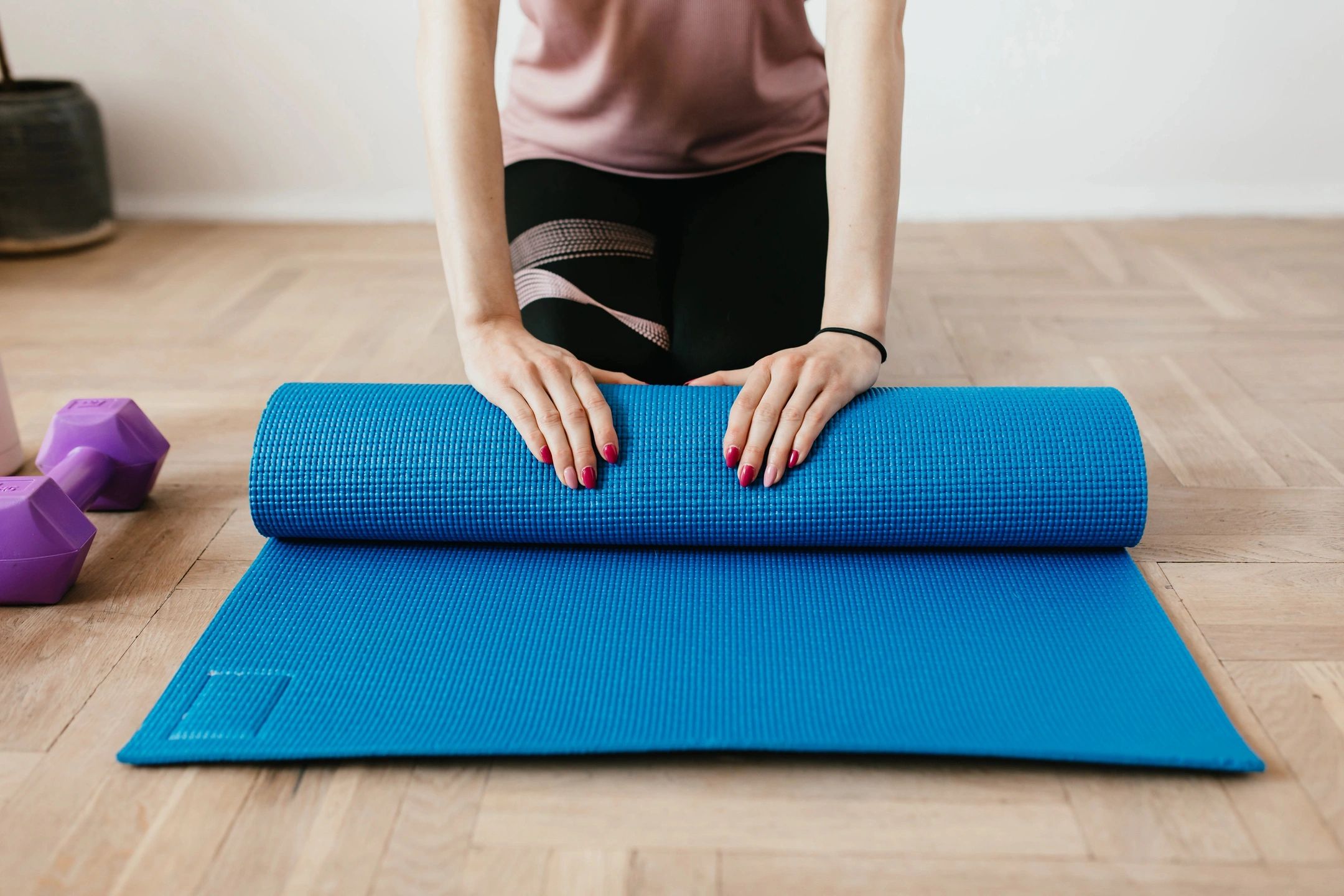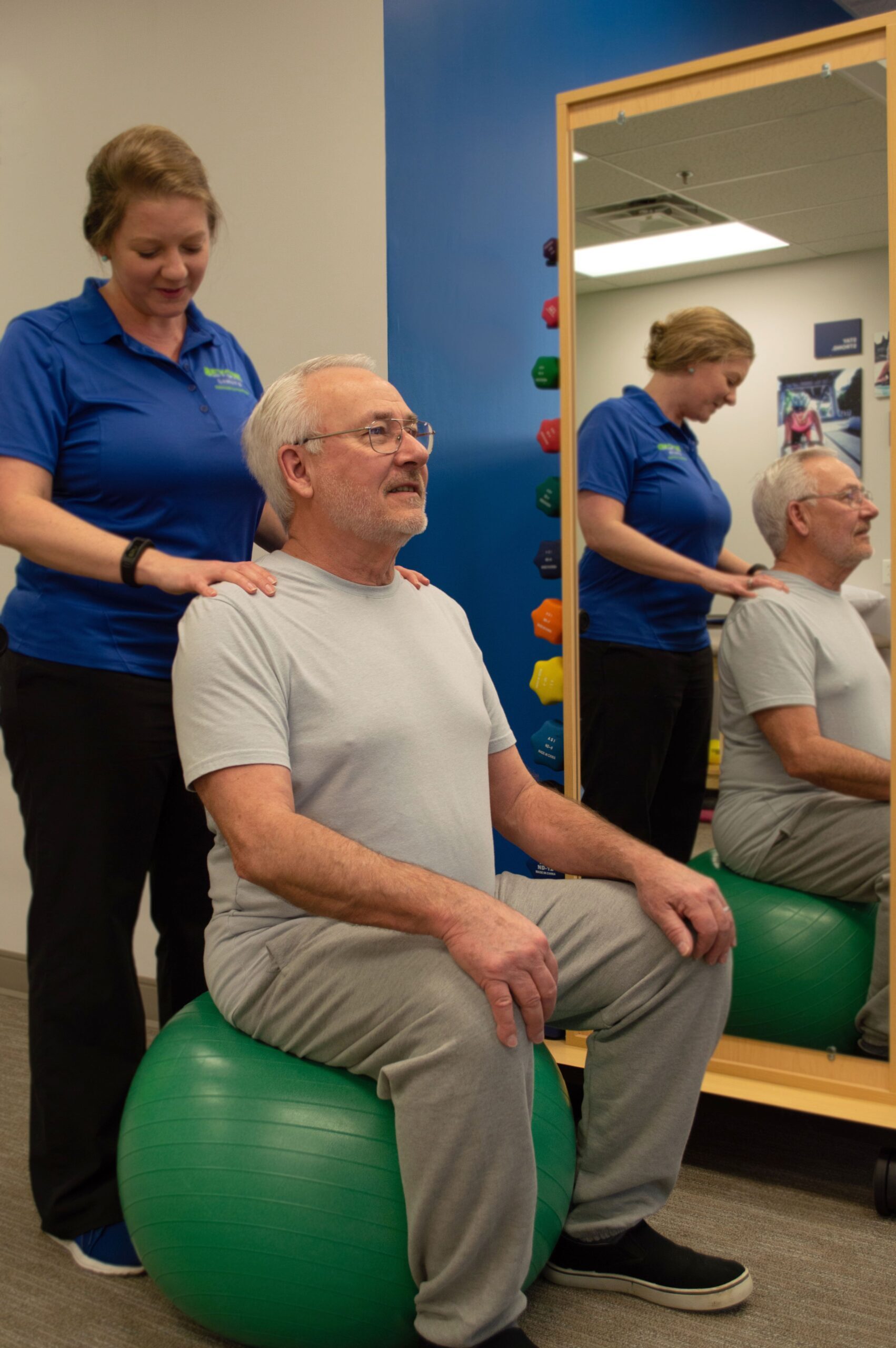If you’ve ever been through physical therapy before, you are familiar with the term “home exercise program” (or HEP, if you want to know the PT lingo). But how do physical therapists come up with the exercises, and why is it so important to do them?
At your initial visit, your physical therapist will take you through a series of tests that generally reveal areas to focus on in physical therapy. These could include things like balance, strength, and flexibility. Based on those findings and your treatment goals, your therapist will build a set of exercises for you to begin at home, and will update those throughout your PT treatment to keep you progressing
Most HEPs include:
-pictures and written descriptions of the exercises to help you with your form
-recommendations for number of repetitions, sets, and how often to complete the exercises
-how long to hold a repetition (or a stretch)
At return visits, your therapist may ask if you have been doing your exercises regularly, and this is when you might start to wonder, “Why is it so important to do my HEP?”
It’s not because your therapist wants to make you sore (though we don’t mind a little soreness!). Most patients seek physical therapy in order to decrease pain, improve range of motion and/or strength, return to a previous level of function, or avoid future limitations in movement due to an illness or injury. Treatment goals are as varied as the patients we see, and we tailor our programs to meet those wants and needs. But why is consistency so important?
What brought you to PT most likely didn’t happen overnight—and your recovery will not happen overnight either.
Of course there are exceptions to this rule, but most of the time, patients will come to PT after several weeks/months of pain or other limitations. You may feel improvements after one visit, but the reason you came to therapy will most likely not be solved in one visit. Doing your exercises regularly at home will help to reinforce the things you are doing at your PT visits.
- When it comes to improving flexibility and strength, two to three sessions a week are recommended…but doing shorter bursts of activity more often also offers benefits.
Check out these studies reviewed by Harvard Health on flexibility and strength training. Remember though, these are highlighting consistency in those who are healthy/uninjured: The ideal stretching routine – Harvard Health and Resistance Training by the Numbers.
- Establishing new movement patterns takes time. Ultimately, you are responsible for the effort you put into reaching your goals.
Even though you’ll go to physical therapy anywhere from 1-3 times per week, that leaves 4-6 days a week guidance (read: a therapist bossing you around) on how to move and when to move. It’s important to be independent with your exercises in order to gain the best results and achieve your goals.
Look for our next blog post for some ideas on ways to make your HEP into more of a habit.




